Health Benefits of Pine Nuts
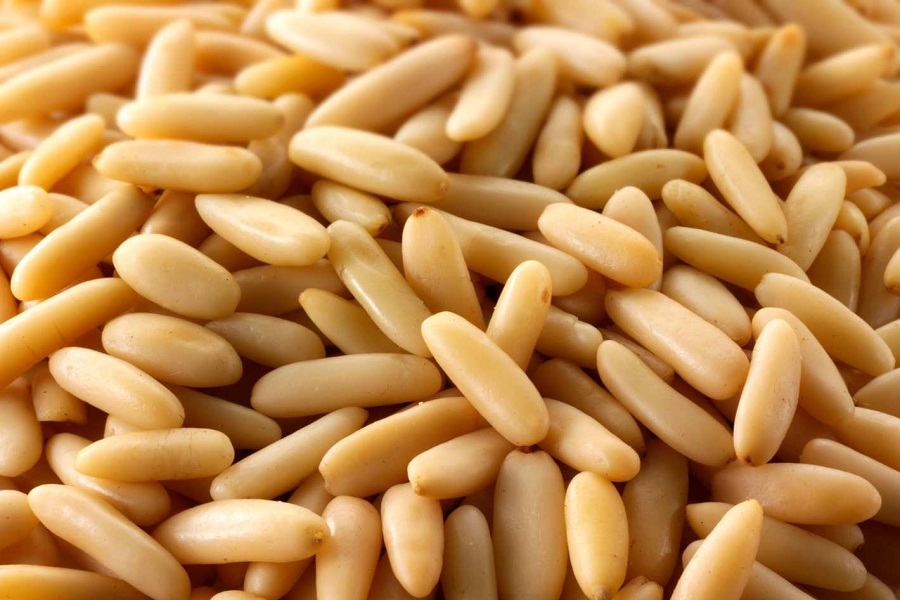
Pine nuts have long made up a part of the American diet; they were staple foods in many Native American cultures. They were eaten as far back as 10,000 years ago, according to Michelle Hansen at the University of Oregon. At 191 calories per ounce, pine nuts pack a fairly hefty caloric punch. However, they still make worthwhile additions to your diet because they are an excellent source of vitamins and minerals.
Vitamins E and K
Pine nuts provide generous amounts of the essential vitamins E and K. Both of these nutrients have an effect on your cardiovascular system — vitamin K allows you to form clots to prevent bleeding after injury, while vitamin E helps you produce red blood cells essential for oxygen transport. Each ounce of pine nuts contains 2.7 milligrams of vitamin E, or 18 percent of your recommended daily intake, established by the Institute of Medicine. Pine nuts also provide 15 micrograms of vitamin K per ounce — 12 percent of the recommended daily intake for men and 17 percent for women.
Manganese and Zinc
Incorporate pine nuts into your diet to reap the benefits of their manganese and zinc content. Manganese helps maintain your body’s hormone balance and connective tissue strength, while zinc supports your immune system and aids in wound healing. Each ounce of pine nuts provides 2.5 milligrams of manganese — your entire daily recommended intake — and also contains 16 percent of the recommended daily zinc intake for men and 23 percent for women, as determined by the Institute of Medicine.
Iron and Magnesium
Pine nuts’ iron and magnesium contents also offer health benefits. Iron plays a key role in helping your body transport and store oxygen, and it also helps your cells produce useable energy. Magnesium also contributes to energy production, and it makes up a part of your teeth and bones. Consuming an ounce of pine nuts boosts your iron and magnesium intakes by 1.6 and 71 milligrams, respectively. For women, this amounts to 9 percent of the daily iron and 22 percent of the daily magnesium intake, recommended by the Institute of Medicine. For men, each ounce of pine nuts also provides 20 and 17 percent of the recommended daily intakes of iron and magnesium, respectively.
Consuming More Pine Nuts
Use pine nuts to prepare homemade pesto. Simply blend the nuts with parmesan and fresh basil in a food processor, and then mix in extra virgin olive oil until the mixture reaches the desired consistency. Lightly toast pine nuts to increase their flavor, and add a handful of nuts to your favorite salad, soup or wrap. Alternatively, consume pine nuts on their own as a snack. Try mixing them with healthful seasonings, such as paprika or cayenne pepper, to add extra flavor.
CHILGOZA (Pine Nut )Dry Fruit Nut: Nutritional information
Pine nuts contain, depending on species, 10–34% protein, with Stone Pine having the highest content. They are also a source of dietary fiber.
100g of dried pine nuts contains:
| Pine Nuts (Dried, with Shell) | |||
| Carbohydrate Factor: 4.07 Fat Factor: 8.37 Protein Factor: 3.47 Nitrogen to Protein Conversion Factor: 5.3 | |||
| Refuse: 23% == Refuse Description: Shells | |||
| Nutrient (Proximates) | Unit | per 100 g | |
| Water | g | 2.28 | |
| Energy | kcal | 673 | |
| Protein | g | 13.69 | |
| Total lipid (fat) | g | 68.37 | |
| Ash | g | 2.59 | |
| Carbohydrate, by difference | g | 13.08 | |
| Fiber, total dietary | g | 3.7 | |
| Sugars, total | g | 3.59 | |
| Sucrose | g | 3.45 | |
| Glucose (dextrose) | g | 0.07 | |
| Fructose | g | 0.07 | |
| Lactose | g | 0 | |
| Maltose | g | 0 | |
| Galactose | g | 0 | |
| Starch | g | 1.43 | |
| Minerals | |||
| Calcium, Ca | mg | 16 | |
| Iron, Fe | mg | 5.53 | |
| Magnesium, Mg | mg | 251 | |
| Phosphorus, P | mg | 575 | |
| Potassium, K | mg | 597 | |
| Sodium, Na | mg | 2 | |
| Zinc, Zn | mg | 6.45 | |
| Copper, Cu | mg | 1.324 | |
| Manganese, Mn | mg | 8.802 | |
| Selenium, Se | µg | 0.7 | |
| Vitamins | |||
| Vitamin C, total ascorbic acid | mg | 0.8 | |
| Thiamin | mg | 0.364 | |
| Riboflavin | mg | 0.227 | |
| Niacin | mg | 4.387 | |
| Pantothenic acid | mg | 0.313 | |
| Vitamin B-6 | mg | 0.094 | |
| Folate, total | µg | 34 | |
| Folic acid | µg | 0 | |
| Folate, food | µg | 34 | |
| Folate, DFE | µg | 34 | |
| Choline, total | mg | 55.8 | |
| Betaine | mg | 0.4 | |
| Vitamin B-12 | µg | 0 | |
| Vitamin B-12, added | µg | 0 | |
| Vitamin A, RAE | µg | 1 | |
| Retinol | µg | 0 | |
| Carotene, beta | µg | 17 | |
| Carotene, alpha | µg | 0 | |
| Cryptoxanthin, beta | µg | 0 | |
| Vitamin A, IU | IU | 29 | |
| Lycopene | µg | 0 | |
| Lutein + zeaxanthin | µg | 9 | |
| Vitamin E (alpha-tocopherol) | mg | 9.33 | |
| Vitamin E, added | mg | 0 | |
| Tocopherol, beta | mg | 0 | |
| Tocopherol, gamma | mg | 11.15 | |
| Tocopherol, delta | mg | 0 | |
| Vitamin D (D2 + D3) | µg | 0 | |
| Vitamin D | IU | 0 | |
| Vitamin K (phylloquinone) | µg | 53.9 | |
| Lipids | |||
| Fatty acids, total saturated | g | 4.899 | |
| Fatty acids, total monounsaturated | g | 18.764 | |
| Fatty acids, total polyunsaturated | g | 34.071 | |
| Cholesterol | mg | 0 | |
| Stigmasterol | mg | 0 | |
| Campesterol | mg | 20 | |
| Beta-sitosterol | mg | 132 | |
| Amino Acids | |||
| Tryptophan | g | 0.107 | |
| Threonine | g | 0.37 | |
| Isoleucine | g | 0.542 | |
| Leucine | g | 0.991 | |
| Lysine | g | 0.54 | |
| Methionine | g | 0.259 | |
| Cystine | g | 0.289 | |
| Phenylalanine | g | 0.524 | |
| Tyrosine | g | 0.509 | |
| Valine | g | 0.687 | |
| Arginine | g | 2.413 | |
| Histidine | g | 0.341 | |
| Alanine | g | 0.684 | |
| Aspartic acid | g | 1.303 | |
| Glutamic acid | g | 2.926 | |
| Glycine | g | 0.691 | |
| Proline | g | 0.673 | |
| Serine | g | 0.835 | |
| Alcohol, ethyl | g | 0 | |
| Caffeine | mg | 0 | |
| Theobromine | mg | 0 | |
| Flavonoids | |||
| Proanthocyanidin | mg | 0 | |
Pine Nuts – چلغوزہ – مغز چلغوزہ – تخم چلغوزہ
ماہیت ۔ درخت صنوبر کا پھل ہے جوکہ کھرنی کے برابر ہوتاہے اس کے اوپر سخت پتلا چھلکا ہوتا ہے جوانگلیوں سے دبانے پر ٹوٹ جاتاہے۔ اندرسے سفید رنگ کا لذیز شیریں مغز نکلتاہے ۔
مقام پیدائش ۔ پاکستان میں بنوں پشاور کوہ ہمالیہ کابل اور شملہ ۔
مزاج – مقوی باہ مولد منی مسمن بدن ۔ مسخن منفث بلغم ۔
استعمال ۔ چلغوزہ بطور غذا بکثرت استعمال میں آتاہے اس سے بدن کو غذائیت حاصل ہوتی ہے۔لیکن دیر ہضم ہے بھوک کو بڑھاتاہے دل اور پٹھوں کو قوت بخشاہے ۔ چلغوزہ کو دوسری مناسب ادویہ کے ہمراہ معالجین بناکر تقویت باہ تولید منی اور تقویت تسمین بدن کیلئے کھلاتے ہیں ۔ فالج لقوہ درد کمر اور اوجاع مفاصل میں استعمال کرتے ہیں ۔ کھانسی دمہ میں تنہایامناسب ادویہ کے ہمراہ شہد میں ملاکر چٹاتے ہیں یا گولیاں بناکرکھلاتے ہیں یا اس کے مغز بناکر قدرے شہد ملاکر چاٹنا بلغمی کھانسی کو مفید ہے۔
فوائد خاص ۔ مقوی باہ اور مسمن بدن۔
مضر۔ دیرہضم ۔
مصلح ۔ سکنجین اور انارترش۔
بدل ۔ شقاقل اور حب الفار۔
مقدارخوراک ۔ سات سے دس گرام ۔
چلغو زہ کے فوائد
چلغوزہ مقوی اعصا ب ہے ۔
بھوک بڑھا تا ہے ۔
لقوہ اور فالج میں اس کا مسلسل استعما ل مفیدہے ۔
پرانی کھانسی میں مغز چلغوزہ رگڑ کر شہد میں ملا کر چٹانا مفید ہو تا ہے۔
مغز کھیرا اور مغز چلغوزہ ہم وزن استعمال کرنے سے بند پیشاب جا ری ہو تاہے۔
مغز چلغوزہ، جریا ن، یر قان اور درد گردہ میں بے حد مفید ہے۔
اس کاکھا نا جسمانی گوشت کو مضبو ط کرتا ہے۔
رعشہ اور جوڑوں کے درد میں مغز چلغوزہ صبح و شام ہمراہ پانی یا قہوہ یا چائے کے ساتھ استعمال کرنے سے فائدہ ہو تا ہے۔
ریا ح کو دور کر تا ہے۔
مادہ تولید کو پیدا کرتاہے۔
مقو ی باہ ہے۔
دل اور دماغ کو تقویت دیتا ہے۔

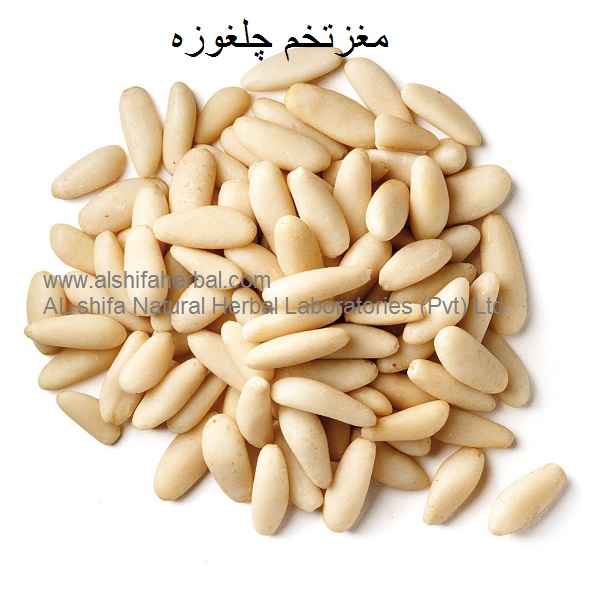
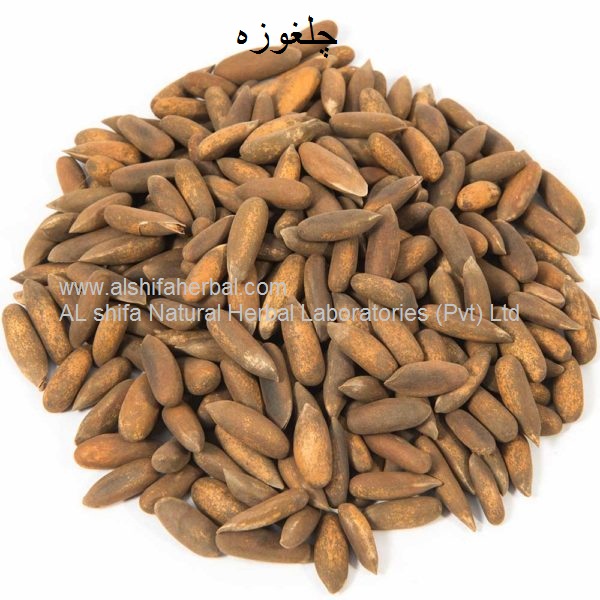
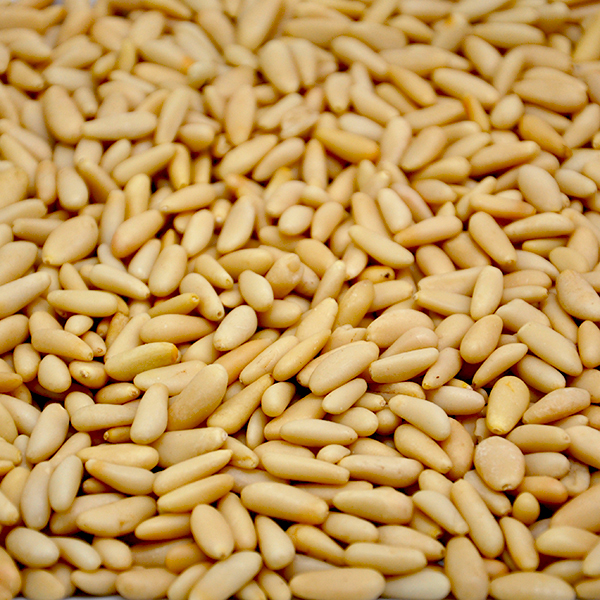
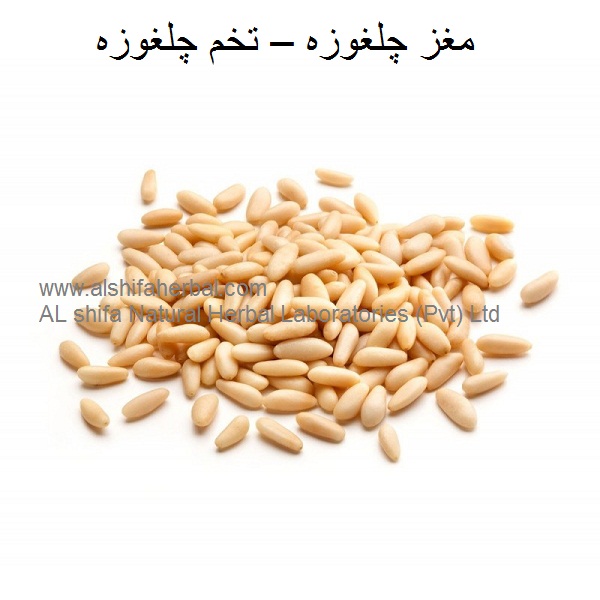
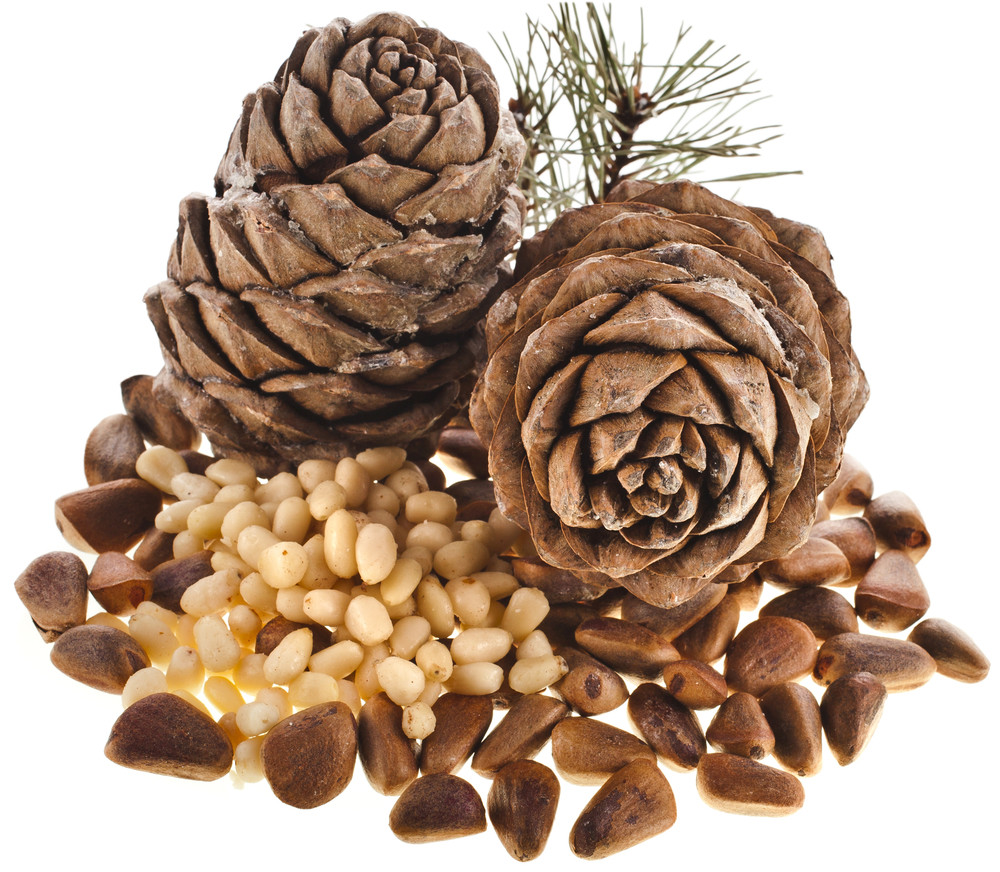
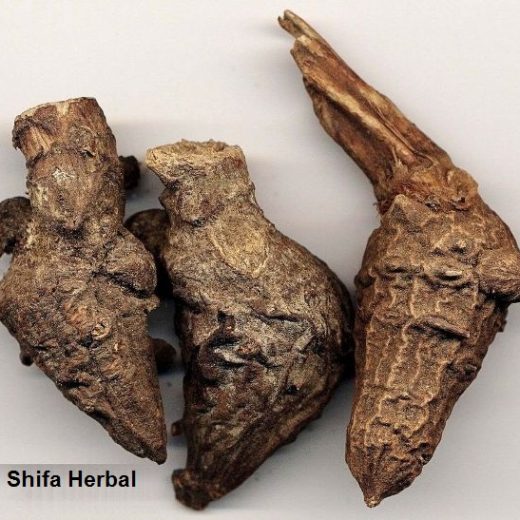
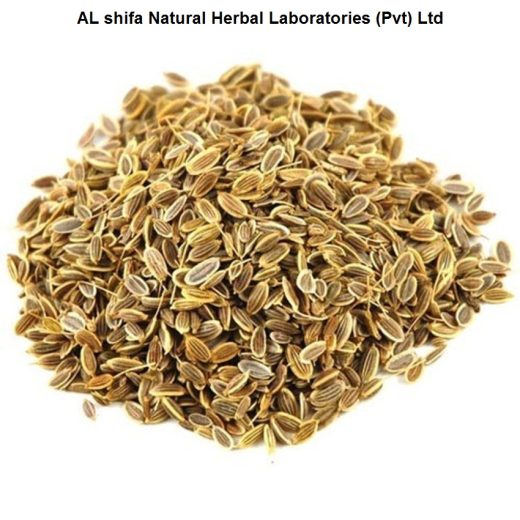
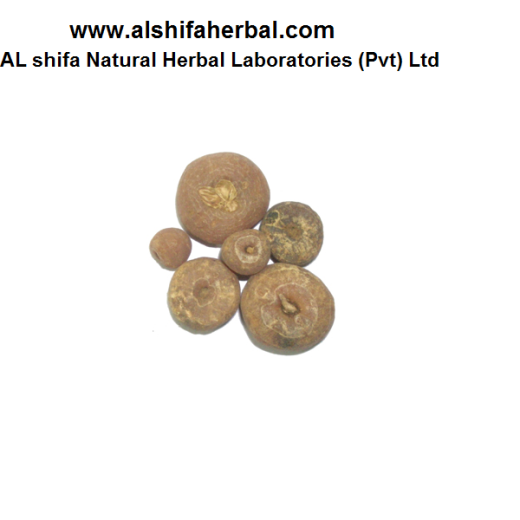



Reviews
There are no reviews yet.